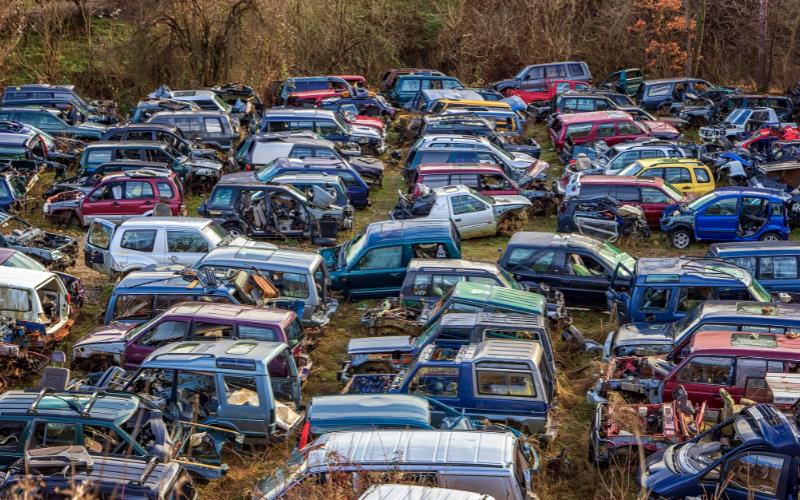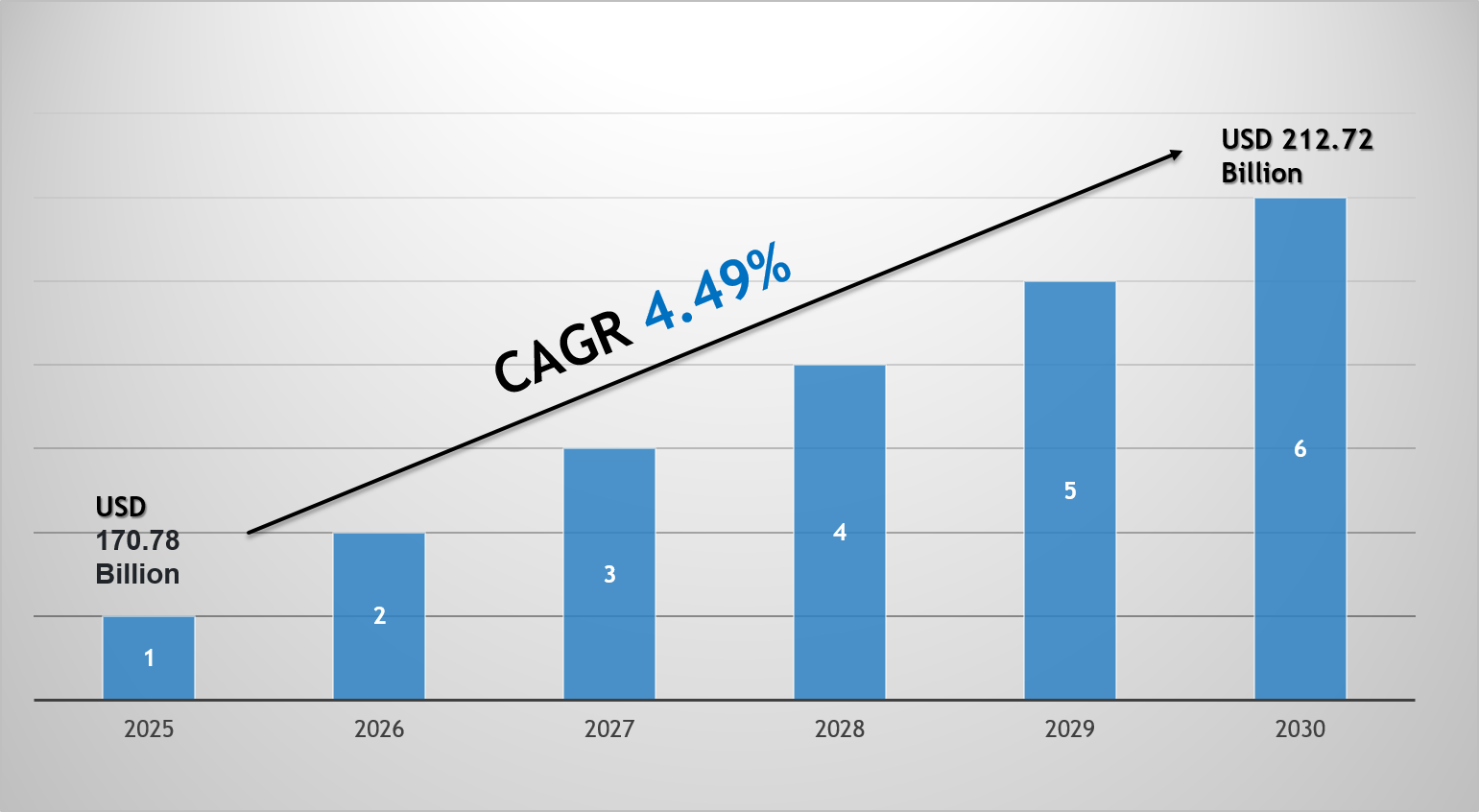how scrap yards process cars bought for cash

When you sell your old vehicle to a scrap yard, the process might seem simple—hand over your car, get cash, and walk away. But behind the scenes, scrap yards follow a detailed and eco-friendly system to recycle, reuse, and resell every part. Understanding this process not only helps you know where your car goes but also shows why choosing a trusted buyer like cash for car services from We Buy Vehicles AZ in Chandler, AZ, makes all the difference.
Below, we’ll walk through every step of how scrap yards handle cars bought for cash—from the first inspection to the final recycling stage—in clear, easy language.
1. The First Step: Buying Cars for Cash
The journey starts when a car owner decides to sell their unwanted or damaged vehicle. Companies like We Buy Vehicles AZ, located at 208 E Leo Pl, Chandler, AZ 85249, make this step easy. They offer quick evaluations, fair offers, and instant payment.
When you contact a buyer, you’ll usually provide details like:
-
The make, model, and year of your vehicle
-
Its current condition (running, non-running, or wrecked)
-
The mileage and any major issues
Based on this, the buyer gives you a quote. If you accept, they arrange pickup or towing at no extra charge. Once the vehicle reaches the scrap yard, the real process begins.
2. Vehicle Inspection and Documentation
Before doing anything else, the scrap yard checks the car’s ownership details. This step ensures the vehicle isn’t stolen and that all paperwork is clear. The seller hands over the title, and the car is logged into the yard’s inventory system.
Next comes the inspection stage. Skilled staff examine the vehicle to determine which parts can be reused or resold. Even if a car looks like junk, it often holds valuable components such as:
-
The engine and transmission
-
Alternators and starters
-
Radiators and air conditioning units
-
Doors, windows, and mirrors
-
Wheels, tires, and rims
This assessment helps the scrap yard decide how much of the car will be dismantled for parts and how much will go to recycling.
3. Removing Hazardous Fluids and Materials
Before any mechanical dismantling, the yard must remove fluids that could harm the environment. This includes:
-
Engine oil
-
Transmission fluid
-
Coolant
-
Brake fluid
-
Gasoline or diesel
-
Windshield washer fluid
Each of these is drained safely and stored in proper containers. Many scrap yards work with certified disposal partners to ensure that these liquids are either recycled or disposed of responsibly.
Battery removal is another crucial step. Car batteries contain lead and acid, which can be hazardous if not handled correctly. Instead of discarding them, scrap yards often send batteries to specialized recycling facilities where the lead and plastic are reused.
4. Dismantling for Reusable Parts
Once fluids and hazardous materials are removed, mechanics start dismantling the car. This stage is both technical and strategic. The goal is to recover as many working parts as possible for resale or reuse.
Some of the most commonly salvaged parts include:
-
Engines and Transmissions: Often rebuilt and resold.
-
Alternators, Starters, and Compressors: Easy to refurbish and high in demand.
-
Body Panels and Doors: Sold to repair shops or individuals restoring older cars.
-
Electronic Components: Such as sensors, radios, and control modules.
-
Tires and Wheels: If in good shape, they’re cleaned and resold.
Each part is cataloged and stored in the yard’s warehouse or listed online for sale. This stage helps reduce waste by extending the life of working components.
5. Crushing and Shredding the Vehicle Shell
After removing all reusable parts, what’s left is the car’s metal body. This frame, often called the “shell,” is mostly made of steel, aluminum, and a few other metals.
The next step is crushing. The car is flattened into a compact shape to save space during transport. Then it’s sent to a shredding facility, where powerful machines tear it into small metal fragments.
At this point, magnetic separation technology comes into play. Large magnets pull out ferrous metals (like steel and iron), while other equipment separates non-ferrous metals such as aluminum and copper.
These sorted metals are then sent to smelting plants, where they’re melted down and transformed into raw materials used in manufacturing new products—sometimes even new cars.
6. Recycling Plastic, Rubber, and Glass
Modern vehicles aren’t just metal—they contain plastic bumpers, rubber tires, and glass windows. Scrap yards ensure these materials are processed properly too.
-
Plastic Parts: Many plastics, such as those in dashboards or bumpers, are shredded and melted down to create new plastic materials.
-
Rubber: Tires are often sent to recycling plants that turn them into playground surfaces, rubber mats, or even asphalt for roads.
-
Glass: Windshields and windows are crushed and cleaned. The recovered glass can be used in new car windows or repurposed for other glass products.
This step shows how car recycling goes far beyond metal recovery—it’s a full-circle process designed to minimize environmental impact.
7. Selling the Recycled Materials
After separating and cleaning, the recycled metals, plastics, and glass are sold to manufacturers. These industries rely heavily on recycled materials because they cost less to produce and use fewer natural resources.
For example:
-
Steel mills buy crushed and melted scrap metal to make beams, sheets, and automotive parts.
-
Plastic manufacturers use recycled polymers for new car components or packaging.
-
Glass producers repurpose crushed auto glass into bottles, tiles, or new windshields.
Through this system, your old car becomes part of the global supply chain again—proving that almost nothing goes to waste.
8. Environmental Benefits of Recycling Cars
Recycling cars bought for cash doesn’t just save space in landfills; it plays a big role in protecting the planet. Here’s how:
-
Reduces Pollution: Proper fluid disposal prevents soil and water contamination.
-
Saves Energy: Recycling metals uses less energy than mining new ones.
-
Conserves Resources: Reusing parts means fewer new materials are needed.
-
Cuts Greenhouse Emissions: Every recycled vehicle helps lower carbon output from manufacturing.
By selling your car to a responsible buyer like We Buy Vehicles AZ, you’re indirectly contributing to a greener, cleaner environment.
9. Legal and Safety Compliance
Scrap yards must follow strict state and federal laws to ensure safety and transparency. Every car that enters the yard is logged with its Vehicle Identification Number (VIN). This prevents illegal resale and ensures accurate tracking.
In Arizona, licensed facilities like We Buy Vehicles AZ comply with:
-
Environmental Protection Agency (EPA) standards
-
Arizona Department of Environmental Quality (ADEQ) regulations
-
State recycling and metal sales laws
These laws protect both the seller and the community, guaranteeing that all car parts and fluids are handled properly.
10. Why Choose “We Buy Vehicles AZ”
Selling your old or damaged vehicle is easier when you work with professionals who handle everything from towing to recycling. We Buy Vehicles AZ is a trusted cash for car service operating right out of 208 E Leo Pl, Chandler, AZ 85249.
Here’s what sets them apart:
-
Instant Offers: Get a fair price based on real market value.
-
Free Pickup: No hidden fees or towing charges.
-
Quick Payment: Get cash on the spot.
-
Eco-Friendly Disposal: Partnered with certified recyclers to ensure responsible handling.
-
Transparent Process: Licensed, insured, and compliant with Arizona state laws.
Whether your vehicle is running or not, We Buy Vehicles AZ makes the process smooth, fair, and environmentally sound.
11. The Bigger Picture: Sustainability in the Auto Industry
The automotive recycling industry is one of the largest and most efficient recycling systems in the world. Each year, millions of vehicles are recycled, providing raw materials for new manufacturing while reducing environmental strain.
By selling your car through a trusted buyer, you’re not only earning instant cash—you’re joining a global movement toward sustainability. Every part of your car, from the tires to the transmission, plays a role in the circular economy, where nothing truly goes to waste.
This process supports:
-
Cleaner cities and landfills
-
Job creation in recycling and manufacturing
-
Lower energy consumption in production
-
A healthier environment for future generations
It’s a win for your wallet, your community, and the planet.
12. Final Thoughts
Understanding how scrap yards process cars bought for cash reveals just how much value your old vehicle still holds. From the moment it’s purchased to the final recycling stage, every step is handled with precision, safety, and care for the environment.
When you sell your car to a reliable business like We Buy Vehicles AZ, you’re not just clearing space in your driveway—you’re contributing to a cleaner planet and supporting sustainable industry practices.
So, the next time you think your car has reached the end of the road, remember: it’s not junk—it’s a valuable resource waiting to be reborn.





